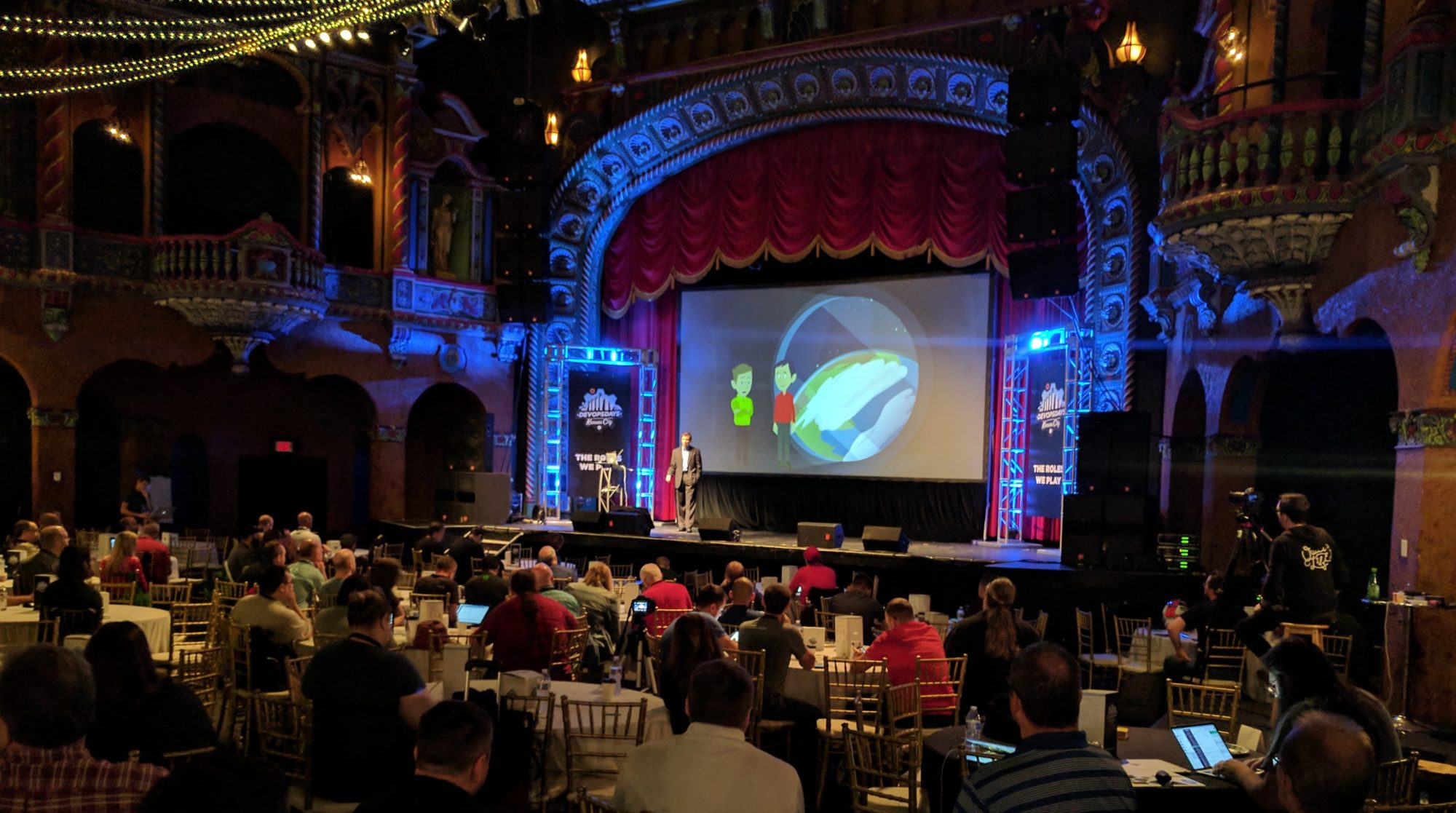Today I decided to take a look at the New York Times website for the first time in several years. I probably read one or two articles there each month, but only when I find the link from another source, but I haven’t gone to the site to look for news for quite a while. I started browsing the tech section, looked at a few articles and pretty soon got a windows telling me that since I had seen 10 articles, I needed to pay or come back in a month.
Obviously the NYTimes can handle their subscriptions however they like, but I had to wonder if this really accomplished what they want. For me, it means I’ll probably never browse their site. Instead I’ll wait for links to be sent to me by friends or posted on social news sites. The chances of ten of those articles being something I want to read are quite a bit higher than 10 articles I read while clicking around on their site.
So basically their strategy prevents me from using their site as my default go-to page for news, but allows me to read anything that I probably want to read. This would seem indicate that the value of a reading coming in to read a handful of articles each month is worth more to them than someone who visits the site a few times each day. I would think that the advertising value of a regular visitor would be greater than an occasional one.
Of course their goal is to get people to sign up for a subscription. This approach may be driven more by the idea that someone who pays for the subscription can fetch a much higher cost per impression from advertisers than someone who doesn’t pay. But that still seems backwards to me. The value of an impression to an advertiser is less related to how much the viewer paid to read the content and more related to how well the impression can be targeted.
The NY Times previous policy of requiring a free login to read articles seemed to be taking that approach. By requiring a login, they could track what readers interest and then sell advertising that target specific demographics by reading habits. I’d be very interested to know if they decided this approach just didn’t work or if it was never fully developed and the company just defaulted back to the old model of charging for subscriptions.
